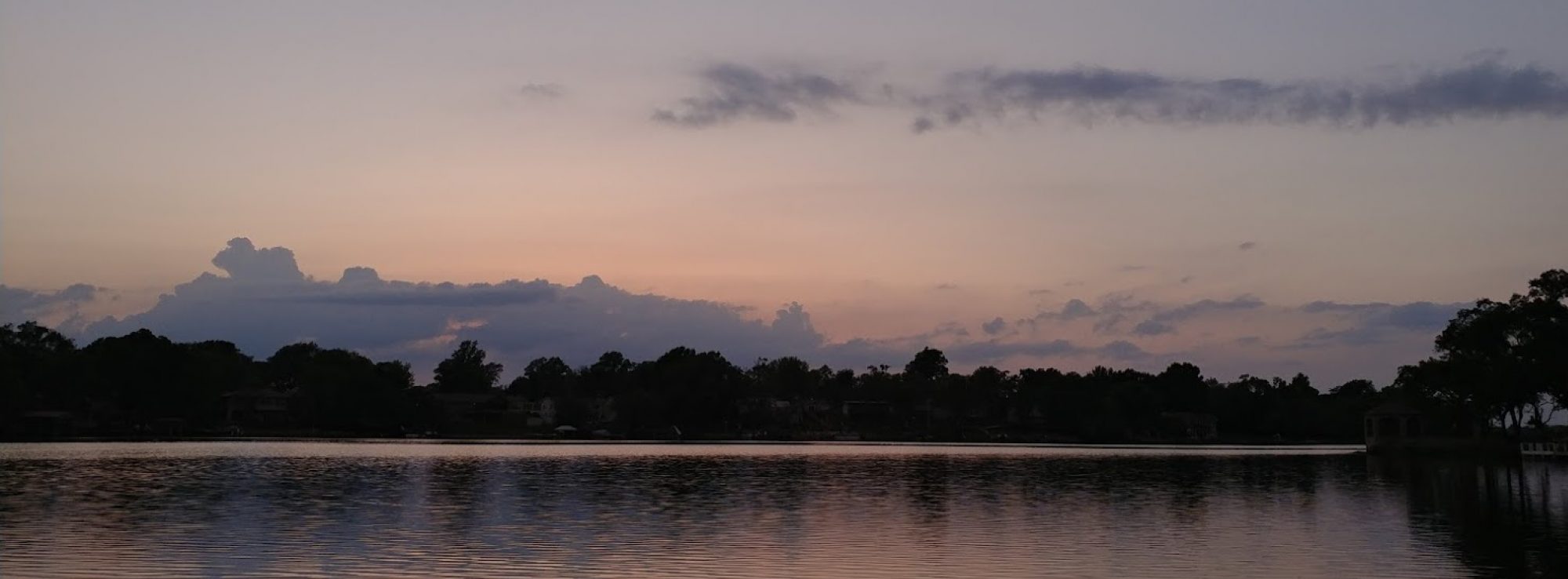Written by Suzie Townley on 10 July 2017.

We all live at Gardner Lake for different and personal reasons. And we all have differing opinions about the wildlife at the lake. The Great Blue Herons that fly overhead are beautiful to some and to others they are pterodactyl looking creatures that do nothing but “paint” docks and boats as they fly overhead. We have catch and release fishermen and those that catch and eat. Foxes, beaver, raccoons, opossum, and geese all garner different reactions from different residents. As we approach the molting season for our resident geese, it seems like a good time to inform or remind folks of the “rules” where geese are concerned.
Late June to early August is the molting season where adult geese shed their wing feathers and are unable to fly. It is during this time that geese can cause the most damage to lawns around your home and theirs, in some cases, doing enough damage to necessitate re-seeding.
While there are no city or county ordinances concerning the feeding of geese or aversion techniques that can be used, there are state and federal regulations. According to Curtis Wolfe, the director of the Kansas Wetland Education Center, Canada Geese are a migratory bird, in general, even if some of the geese we have on Gardner Lake only leave to go to a nearby field to graze. Because they are migratory, they are protected by the same regulations as all migratory birds. Feeding is not illegal, unless you are baiting the geese for purposes of hunting or harming them. Aversion techniques including trained dogs and handlers, habitat alterations, or other non-lethal aversion techniques are also not illegal unless they cause harm to geese, nests or eggs.
Feeding the geese the wrong type of food, however, can cause deformities called angel wing, slipped wing, or dropped wing. It is a permanent deformity that prevents or limits flight, which is a severe handicap for a wild bird.
Incorrect or inconsistent use of some aversion techniques will be ineffective in deterring the geese. Loud noises that do nothing but drive the birds back to the water where they are not pursued will quickly cease to be effective.
The Humane Society of the United States has a wonderful publication called “Solving Problems with Canada Geese: A management Plan and Information Guide.” You can find it at www.humanesociety.org/geese . The Kansas Department of Wildlife and Parks has some good information on habitat modifications which reduce preferred nesting and brood rearing areas as well as increase the fear of predators hiding nearby. And two books that can provide some valuable information on this subject are, Wild Neighbors: The Humane Approach to Living with Wildlife and Living With Wildlife: How to Enjoy, Cope with and Protect North America’s Wild Creatures Around Your Home and Theirs.
The conflict between those who love the geese and those that hate the geese is one that exists in all communities where Canada Geese are found. We are not special in that respect. Where we are special is in the fact that we have a beautiful lake and scenery. And with that comes wildlife.

